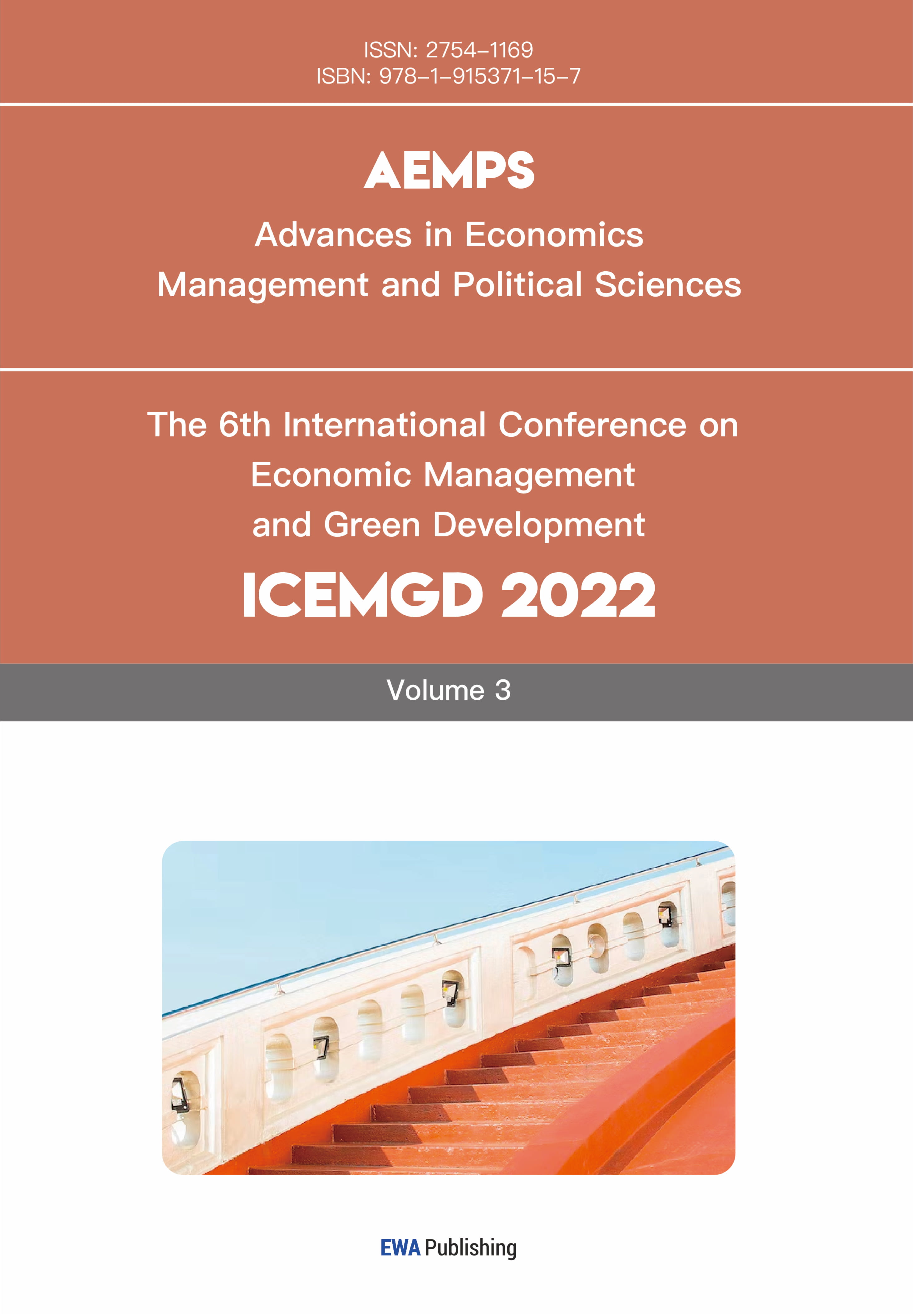References
[1]. China Internet Network Information Center. (2024). The 53rdStatistical Report on China’s Internet Development.
[2]. Iyengar, S. S., & Lepper, M. R. (2000). When choice is demotivating: Can one desire too much of a good thing?. Journal of personality and social psychology, 79(6), 995.
[3]. Schwartz, B. (2004). The paradox of choice: Why more is less. Ecco Press.
[4]. Scheibehenne, B., Greifeneder, R., & Todd, P. M. (2010). Can there ever be too many options? A meta-analytic review of choice overload. Journal of consumer research, 37(3), 409-425.
[5]. Dhar, R. (1996). The effect of decision strategy on deciding to defer choice. Journal of Behavioral Decision Making, 9(4), 265-281.
[6]. Häubl, G., & Trifts, V. (2000). Consumer decision making in online shopping environments: The effects of interactive decision aids. Marketing science, 19(1), 4-21.
[7]. Simon, H. A. (1955). A behavioral model of rational choice. The quarterly journal of economics, 99-118.
[8]. Reutskaja, E., & Hogarth, R. M. (2009). Satisfaction in choice as a function of the number of alternatives: When “goods satiate”. Psychology & Marketing, 26(3), 197-203.
[9]. Schwartz, B., Ward, A., Monterosso, J., Lyubomirsky, S., White, K., & Lehman, D. R. (2002). Maximizing versus satisficing: happiness is a matter of choice. Journal of personality and social psychology, 83(5), 1178.
[10]. Resnick, P., Iacovou, N., Suchak, M., Bergstrom, P., & Riedl, J. (1994). Grouplens: An open architecture for collaborative filtering of netnews. In Proceedings of the 1994 ACM conference on Computer supported cooperative work (pp. 175-186).
[11]. Pazzani, M. J., & Billsus, D. (2007). Content-based recommendation systems. In The adaptive web: methods and strategies of web personalization (pp. 325-341). Berlin, Heidelberg: Springer Berlin Heidelberg.
[12]. Schein, A. I., Popescul, A., Ungar, L. H., & Pennock, D. M. (2002, August). Methods and metrics for cold-start recommendations. In Proceedings of the 25th annual international ACM SIGIR conference on Research and development in information retrieval (pp. 253-260).
[13]. Koren, Y., Bell, R., & Volinsky, C. (2009). Matrix factorization techniques for recommender systems. Computer, 42(8), 30-37.
[14]. Rendle, S. (2010, December). Factorization machines. In 2010 IEEE International conference on data mining (pp. 995-1000). IEEE.
[15]. Zhang, S., Yao, L., Sun, A., & Tay, Y. (2019). Deep learning based recommender system: A survey and new perspectives. ACM computing surveys (CSUR), 52(1), 1-38.
[16]. Zhao, X., Xia, L., Zhang, L., Ding, Z., Yin, D., & Tang, J. (2018, September). Deep reinforcement learning for page-wise recommendations. In Proceedings of the 12th ACM conference on recommender systems (pp. 95–103).
[17]. Bollen, D., Knijnenburg, B. P., Willemsen, M. C., & Graus, M. (2010, September). Understanding choice overload in recommender systems. In Proceedings of the fourth ACM conference on recommender systems (pp. 63-70).
[18]. Le, T. M., & Liaw, S. Y. (2017). Effects of pros and cons of applying big data analytics to consumers’ responses in an e-commerce context. Sustainability, 9(5), 798.
[19]. Malbon, J. (2013). Taking fake online consumer reviews seriously. Journal of Consumer Policy, 36, 139-157.



